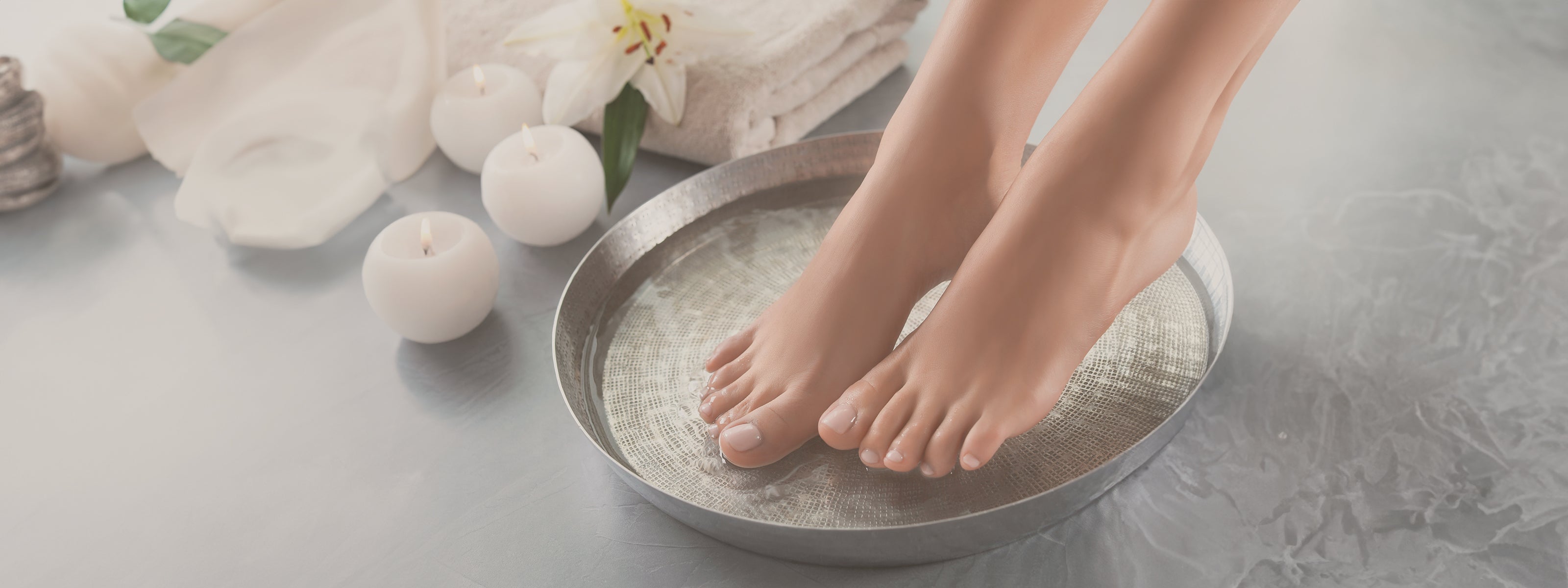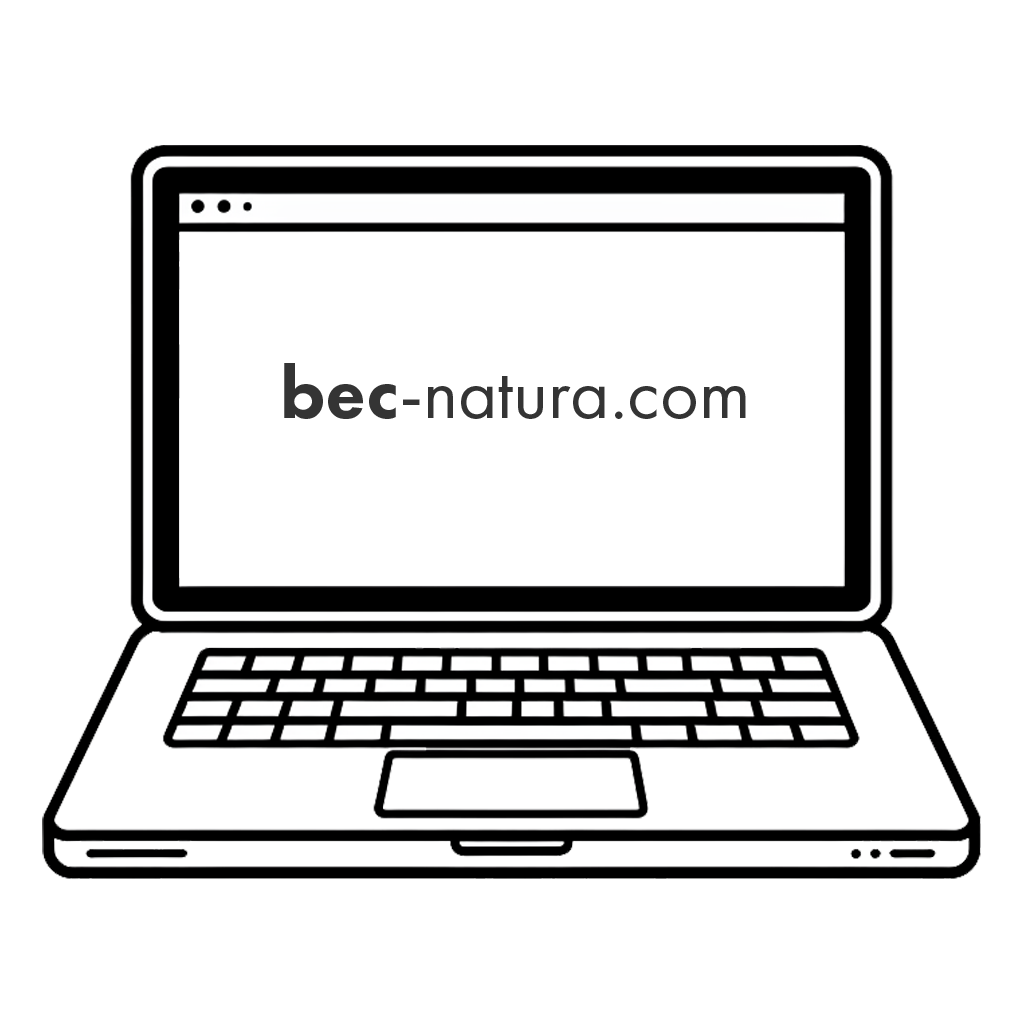
INGROWN NAILS: SYMPTOMS AND REMEDIES
Dr. Simone Gabbanini, Quality Control
What are ingrown toenails?
Onychocryptosis (from Greek hidden nail ) commonly called ingrown toenail, is a painful condition that occurs when the edges or corners of the nail grow into the skin near the nail. This causes swelling and pain and can progress to infection of the nail edge which can spread to the skin and bone. It is a rather frequent disorder and is estimated to affect 2 to 5% of the population. It generally occurs in the feet, rarely in the hands, and the toe most subject to this pathology is the big toe.
What are the causes of ingrown toenails?
There are many causes that favor the onset of ingrown toenails. One of the main ones is the incorrect way in which toenails are cut. Indeed, it is proven that beveling the nails laterally, rather than leaving a straight edge, favors their growth inside the skin, tearing it and causing infection.
Other factors that help the onset of the phenomenon are:
- Using too tight shoes that put a lot of pressure on the big toes
- Irregular, thickened and curved nails (common in old age)
- Bad posture
- Injuries such as heavy objects falling on the toenail
- Repeated trauma such as running, or repeatedly kicking a soccer ball
Another non-negligible cause consists of improper hygiene such as, for example, not keeping your feet clean and dry, especially in the case of excessive sweating, a condition that often occurs in adolescents.
How does an ingrown toenail manifest itself? And what are the symptoms?
It is not entirely clear whether the determining event is the abnormal growth from the nail into the skin, or whether it is an excessive proliferation of the skin in contact with the lateral surface of the nail.
In any case the result is too close contact between the nail and the skin fold, resulting in pain that increases if you walk or wear shoes. Initially the affected finger appears swollen and red. If the inflammation lasts a long time, hardening of the skin, bacterial infection with discharge of purulent material and formation of excess crusted granulation tissue may develop.
How are ingrown toenails diagnosed?
The ingrown toenail is easily recognized by the podiatrist, so the diagnosis is extremely simple. Only in some cases may an x-ray be necessary to show how deep the nail has grown into the skin. An x-ray can also reveal, if the ingrown toenail was caused by an injury, that there are no fractures in the bones of the foot.
How to cure an ingrown toenail?
Contact professional figures and avoid DIY it is certainly the best path to follow, however, based on the severity of the condition, two lines of treatment can be followed:
- In less severe cases when the problem is superficial and there is no pain or pus, the treatment is mostly conservative and involves numerous foot baths in very hot water, daily application of an antibacterial, wearing large or open shoes, cutting nails correctly, avoiding rounding the edges, treating excessive sweating or any onychomycosis. You can also apply traction using gauze on the nail plate to distance the edge of the nail from the skin and thus reduce pressure and pain.
- When the ingrown toenail grows deeply into the skin, creating infection, pain and other complications, it is necessary to resort to avulsion surgery, i.e. partial or total surgical extraction of the nail plate, or removal of the excess skin overlying the lateral nail fold, reducing pressure on the nail.
How can it be prevented?
The useful tips to prevent the onset of ingrown toenails are the same as those to be implemented in case of already present onychocryptosis. One of the best is undoubtedly that of cut your nails correctly, so avoid shortening them too much and make a horizontal cut, never rounded.
Other useful behaviors and precautions consist of wearing comfortable and not too tight shoes , maintain proper personal hygiene washing your feet daily, drying them carefully and changing socks frequently . Prefer socks made from natural and breathable fabrics , avoiding those made from synthetic fabrics if possible.
Daily foot hygiene is certainly a very useful practice in preventing ingrown toenails.
Particularly four products studied in the BeC laboratories have proven to be extremely effective in treating this condition and are suitable for inclusion in a daily routine:
- Run a foot bath for about 10 minutes with very hot water you have added Liquido Sanitizzante. This product, thanks to the presence of precious essential oils such as Lavender, Thyme and Lemon, has a profound antiseptic action.
- After drying your feet thoroughly, use a few drops of Olio Essenziale di Limone with high antifungal and antibacterial action to prepare the skin for the action of the subsequent treatment.
- Apply to the affected area Crema Balsamo CRB with a soothing and anti-inflammatory action thanks to the presence of Matricaria Chamomile essential oil.
- Apply Crema CRP all over the foot for a feeling of freshness and relief.








Leave a comment
This site is protected by reCAPTCHA and the Google Privacy Policy and Terms of Service apply.